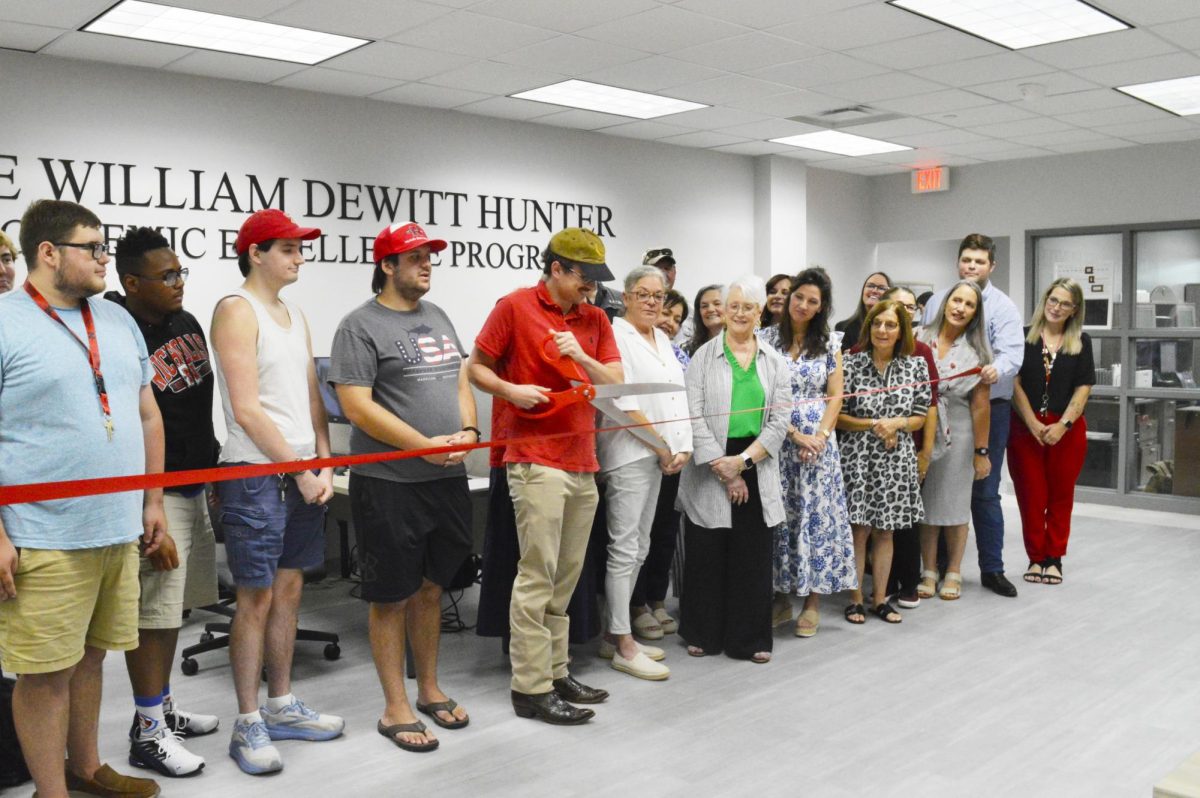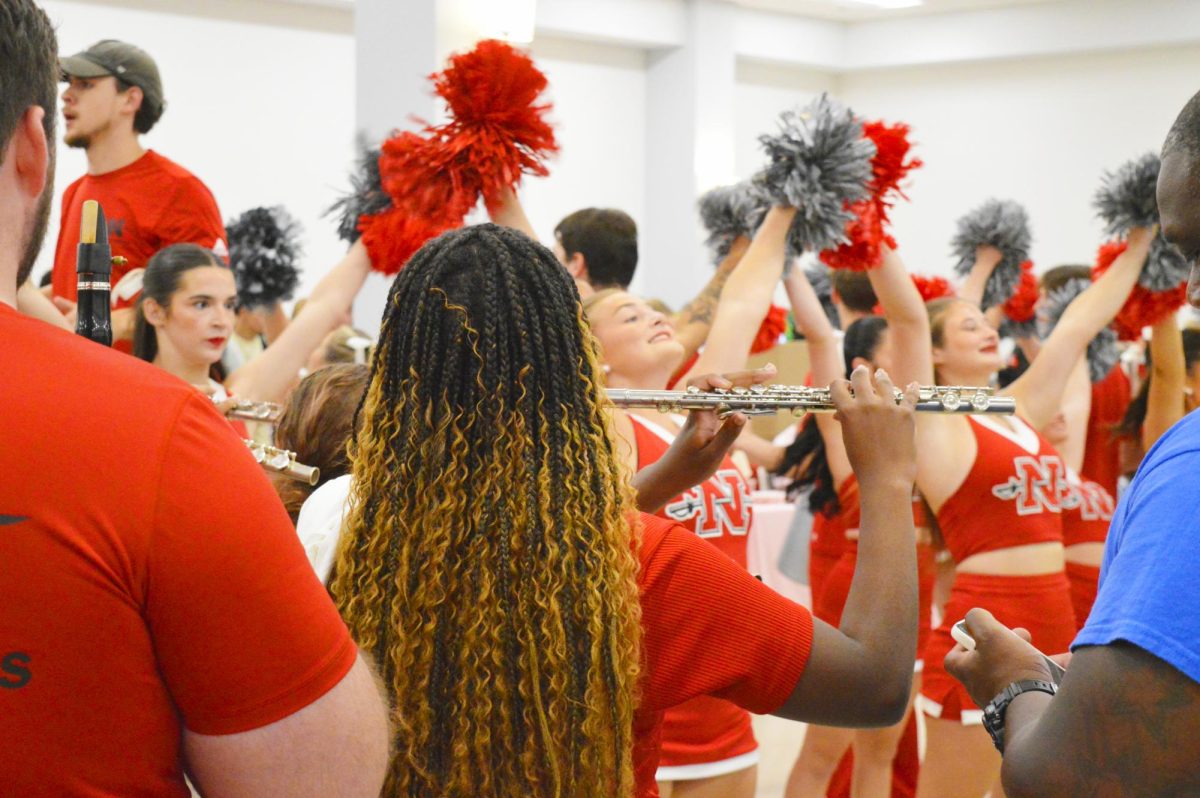Effective with the start of the new fiscal year on July 1, the health and physical education department will lose its department status.As part of an effort to consolidate the departments of the College of Education, the classes and faculty that comprise the H&PE department will soon be part of the department of teacher education.
“For years we have had people graduating with a degree in health and physical education, but you came out of that program as a certified teacher,” Dr. O. Cleveland Hill, dean of the College of Education, said.
“So, for all intents and purposes, those people have been graduating out of a teacher-education program, because they have been coming out as certified teachers.”
Hill said the teacher education department is the only department at Nicholls authorized to grant a bachelor’s degree in teacher education.
“You get your degree at Nicholls for all your teaching areas under the department of teacher education.
“So, H&PE as a department was issuing a degree that they could not issue in the first place.”
Hill said the major difference is there will no longer be a department head for H&PE.
Dr. Lance Poimboeuf, who will lose his title as head of the department of health and physical education, said consolidation of programs is a national trend.
“As I see it, nothing changes about the health and physical education concentration,” Poimboeuf said.
“Not being a department head will give me more time to work on my classes, supervise student- teachers and advise students.”
Not all of the H&PE faculty, however, are totally comfortable with the elimination of the department head.
“I’m not really for that. I would have preferred us to stay with a department chair,” Dr. Timothy Mead said.
Hill and Poimboeuf said the “duplication of effort” was one cause of the change.
“Sometimes, you look at business and industry, and you have three different programs doing the same thing. You have to bring them all under one umbrella,” Hill said.
“Years ago, when I was a student here back in the `60s and `70s, we had a College of Liberal Arts and a College of Sciences, but there was so much overlap and so much duplication of effort, we decided to bring them together into the College of Arts and Sciences.”
Mead said he was uncertain about the long-term effects of the change.
“It’s too early to tell,” he said. “It could be that we could get more travel money.
“The truth is we were never really a department. We were always a concentration in teacher-ed. The catalog said we were a department, but, if you look closely, we were a concentration.”








